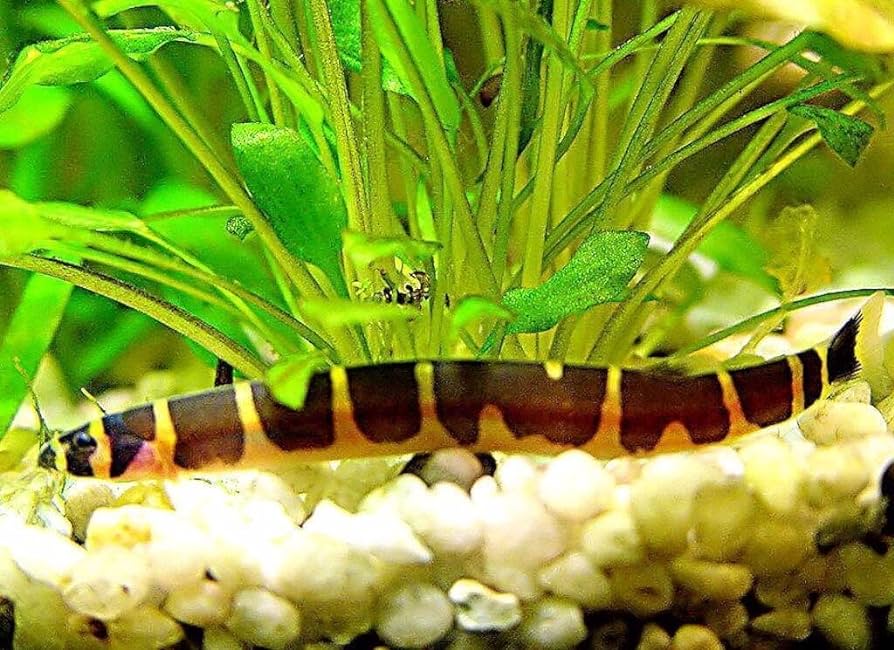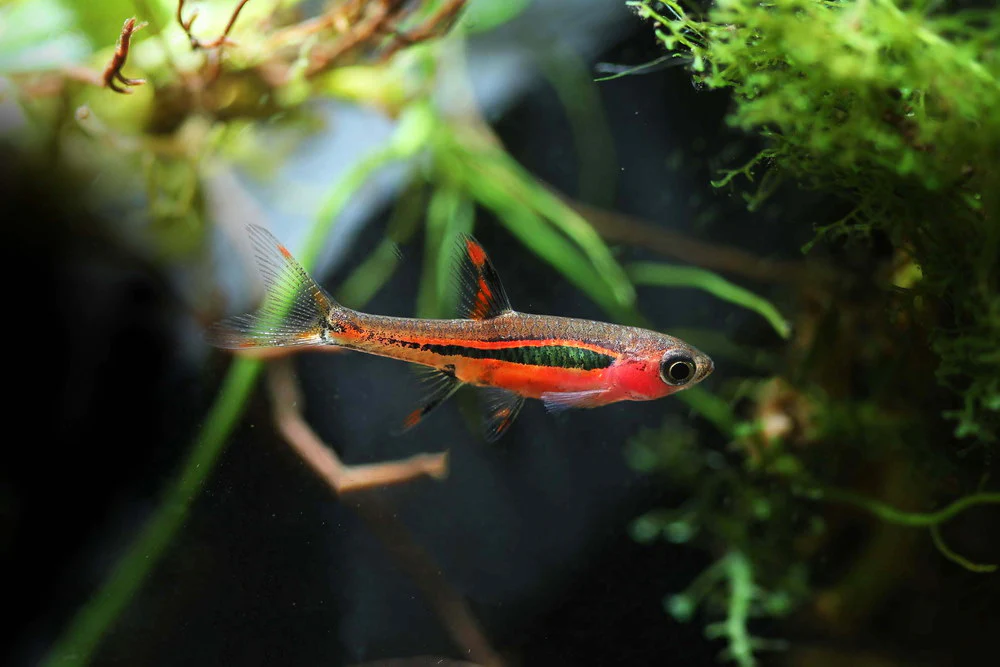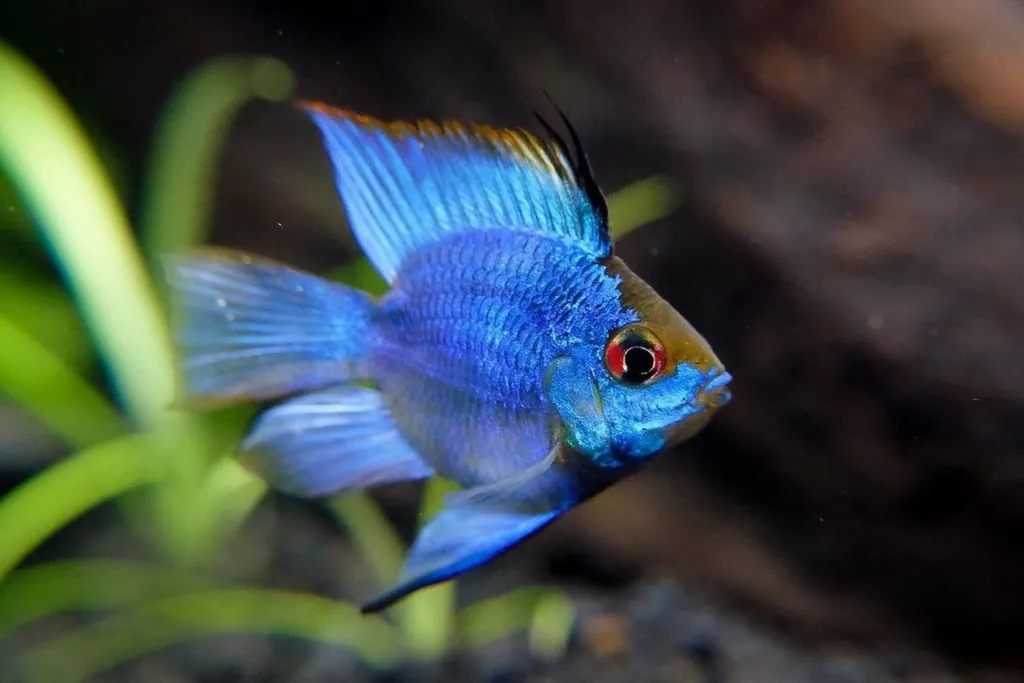
⑇09/02/24
parrot fish
Parrotfish are named for their dentition, which is distinct from other fish, including other labrids. Their numerous teeth are arranged in a tightly packed mosaic on the external surface of their jaw bones, forming a parrot-like beak with which they rasp algae from coral and other rocky substrates (which contributes to the process of bioerosion).



⑇10/02/24
kuhli loach
The kuhli loach originates from Southeast Asia and frequents clean, slow-moving streams and rivers in Sumatra, Malaysia, Thailand, Singapore, and Borneo.
Although kuhli loaches aren’t a schooling species, the fish are social and often form groups in the wild.
In their natural habitat kuhli loaches are nocturnal and scavenge the riverbed for food at night. Kuhli loaches are common in the wild, and many of the fish are wild-caught instead of raised in an aquarium before selling.

⑇30/03/24
chili rasbora
Boraras brigittae is a species of ray-finned fish in the genus Boraras, also known as chili rasboras or mosquito rasboras, are a very small species of fishes native to the swamps of South West Borneo, Indonesia.
It is found natively in blackwater streams of Southeast Asia, particularly the peat swamp forests of Borneo, and seems to be adapted to poor water conditions.

⑇10/05/24
discus fish
Symphysodon (colloquially known as discus or discus fish) is a genus of cichlids native to the Amazon river basin in Brazil. Due to their distinctive shape, calm behavior, many bright colors and patterns, and dedicated parenting techniques, discus are popular as freshwater aquarium fish, and their aquaculture in several countries in Asia (notably Thailand) is a major industry.

⑇11/05/24
northern pike
The northern pike (Esox lucius) is a species of carnivorous fish of the genus Esox (pikes). They are commonly found in moderately salty and fresh waters of the Northern Hemisphere (i.e. holarctic in distribution). They are known simply as a pike (pl: pike) in Great Britain, Ireland, most of Eastern Europe, Canada and the U.S., although in the Midwest, they may be called a Northern. Pike can grow to a relatively large size. Their average length is about 40–55 cm (16–22 in), with maximum recorded lengths of up to 150 cm (59 in) and maximum weights of 28.4 kg (63 lb).

⑇21/08/24
electric blue ram cichlid
The ram cichlid is a species of freshwater fish endemic to the Orinoco River basin, in the savannahs of Venezuela and Colombia in South America. The species has been examined in studies on fish behaviour[4] and is a popular aquarium fish, traded under a variety of common names, including ram, blue ram, German blue ram, Asian ram, butterfly cichlid, Ramirez's dwarf cichlid, dwarf butterfly cichlid and Ramirezi. The species is a member of the family Cichlidae and subfamily Geophaginae. The ram cichlid is named after Manuel Ramirez, an early collector and importer of the species for the aquarium trade.

i copied everything from wikipedia or something similar sorry i dont actually care enough to write stuff myself >v<









